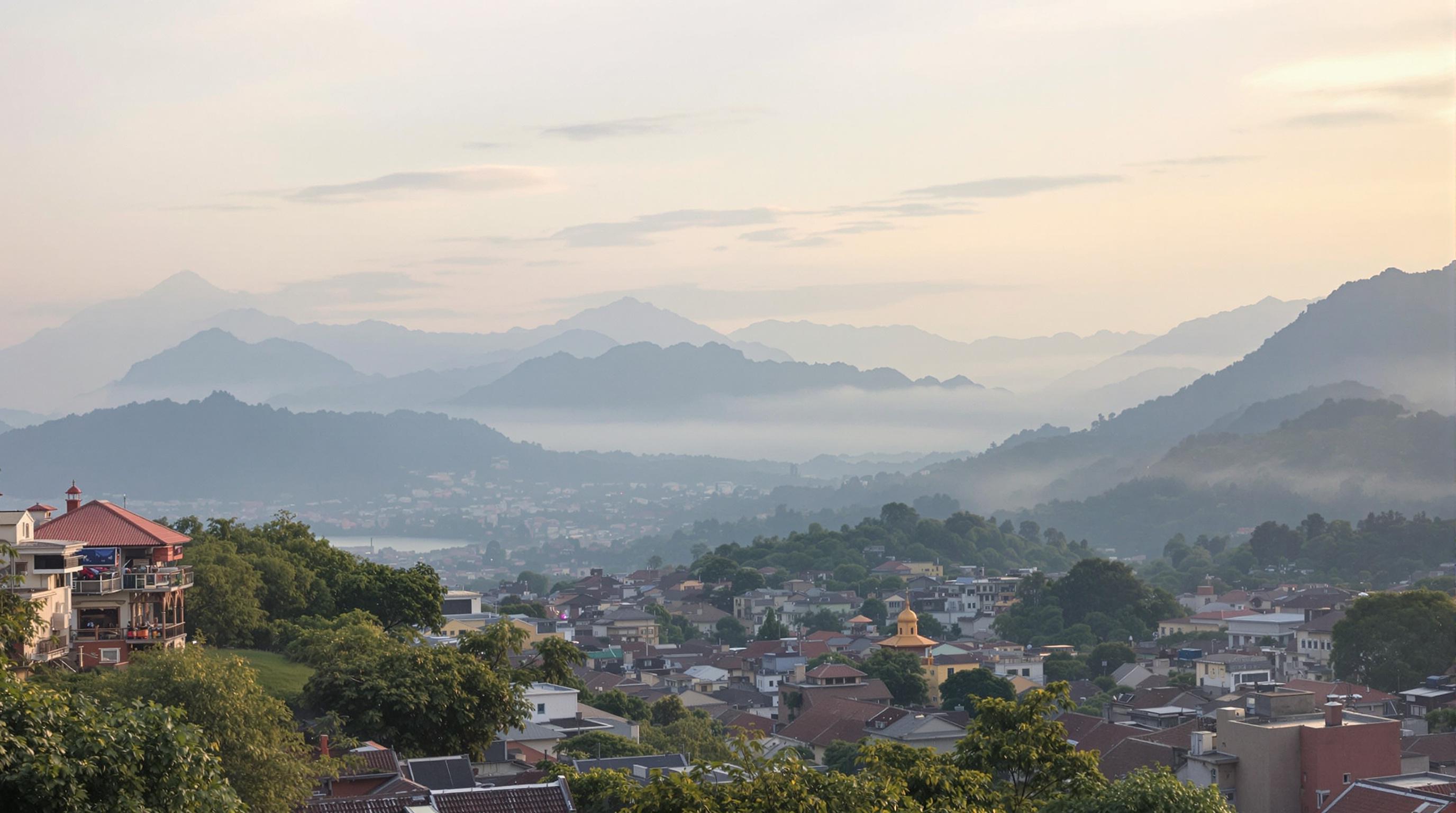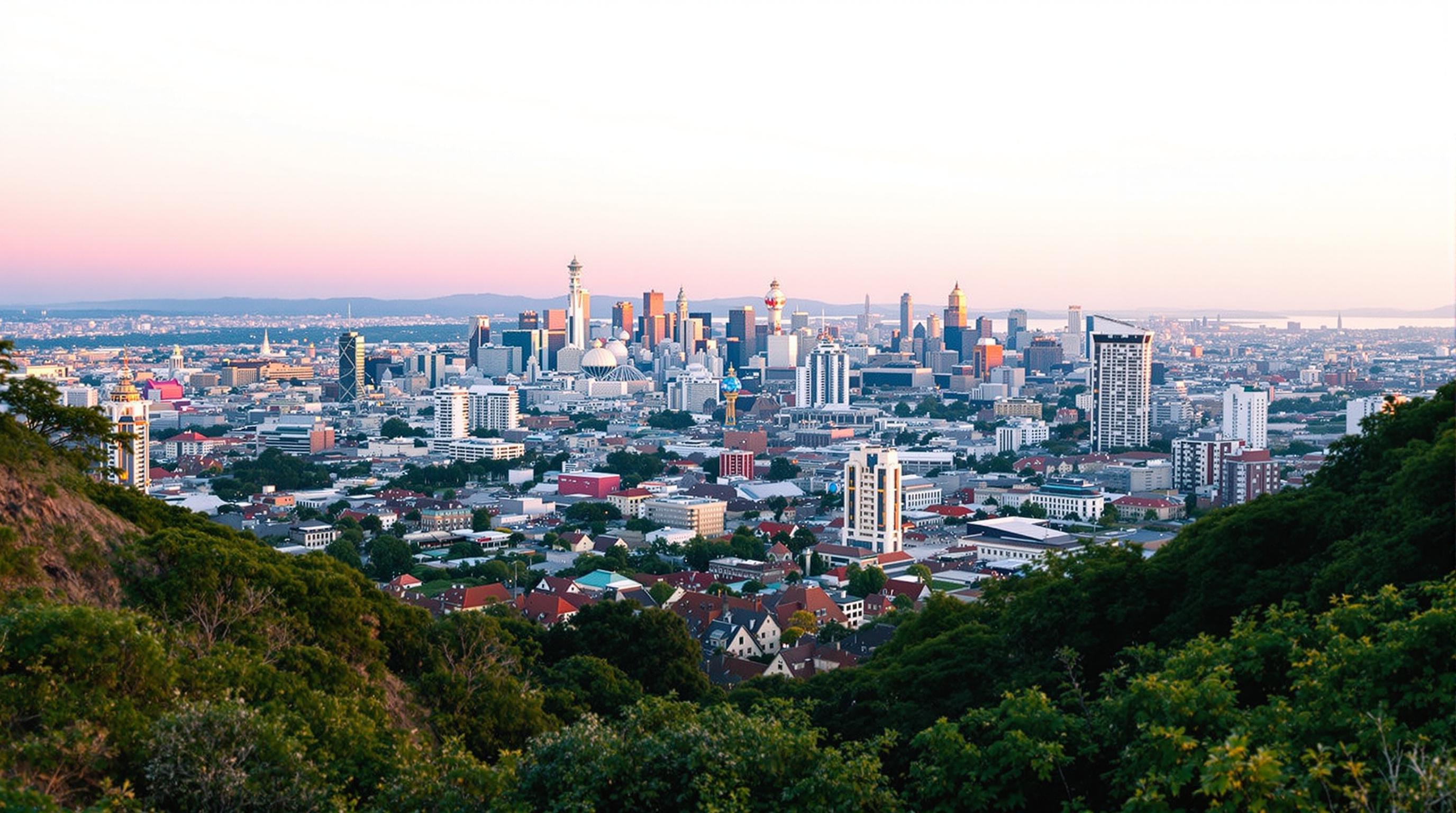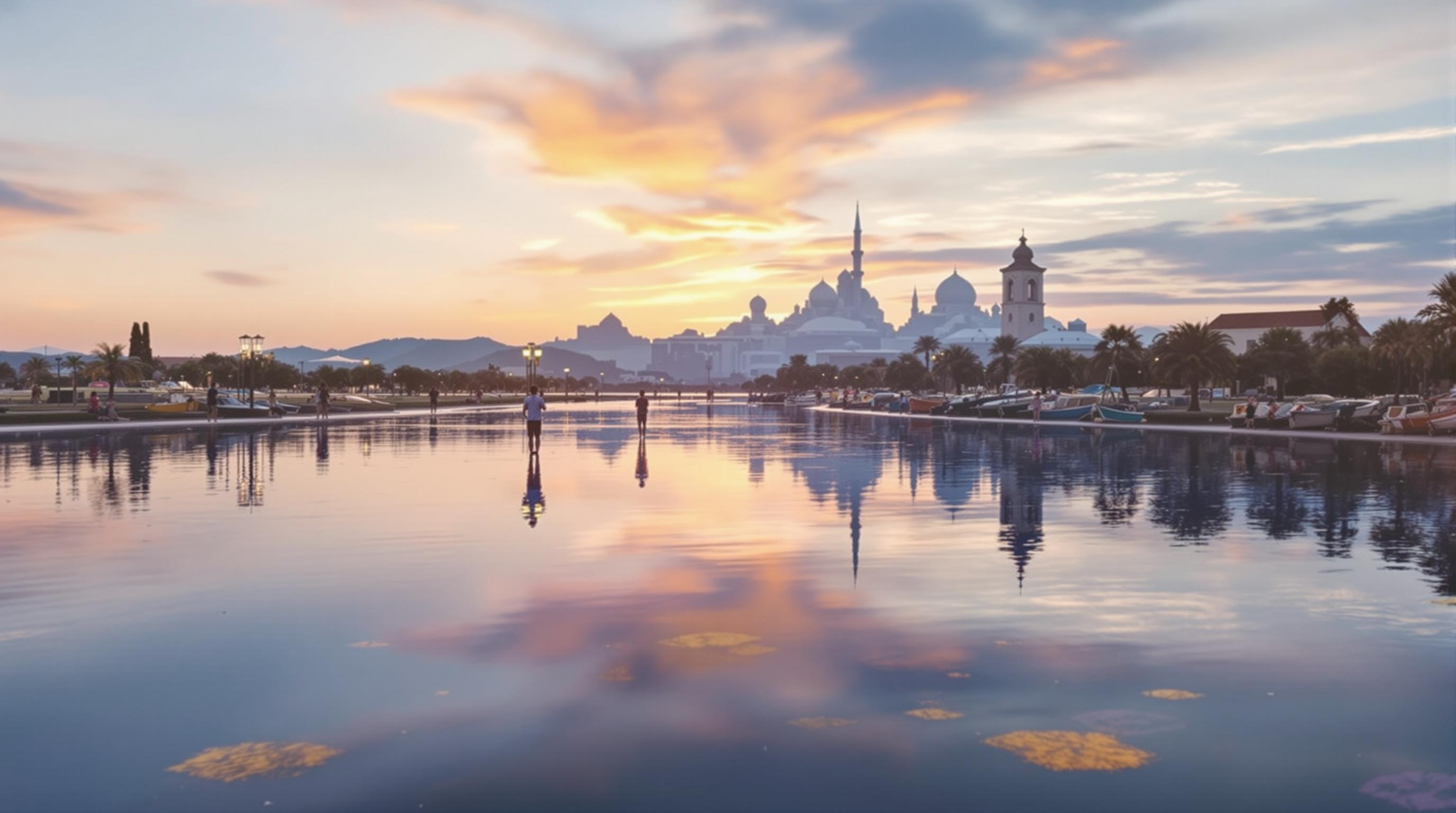Related Articles
- Navigating the Shadows: The Overlooked Role of Pre-existing Conditions in Travel Insurance Claims
- Travel Insurance Myths Busted: The Surprising Truth About Coverage for Unusual Activities
- The Surprising Role of Cryptocurrencies in Travel Insurance: A Trend Worth Exploring
- Ghost Routes: Exploring How Abandoned Railways Shape Modern Commute Decisions in Urban Ecosystems
- Navigating Under the Radar: How Obsolete Technologies Are Reimagining Today's Commuting Landscape
- Unconventional Corridors: How Underground Music Scenes Influence Urban Mobility and Transit Choices
7 Surprising Perspectives: Unlocking Hidden Layers of Cultural Insights for In-Depth Travel Destination Research
7 Surprising Perspectives: Unlocking Hidden Layers of Cultural Insights for In-Depth Travel Destination Research
7 Surprising Perspectives: Unlocking Hidden Layers of Cultural Insights for In-Depth Travel Destination Research
1. Embrace Local Myths and Legends
Every culture is steeped in tales that have been passed down through generations, reflecting the values, fears, and aspirations of a community. Engaging with local myths can reveal unique insights into a destination's cultural fabric. For instance, in Guatemala, the legend of La Llorona embodies the complexities of motherhood and loss and shapes the understanding of familial relationships in the region (Cruz, 2018).
Travelers who delve into these stories not only enrich their experience but also gain a deeper understanding of the local context. Visiting archaeological sites associated with these legends, like the ancient city of Tikal, can enhance this connection and provide a tangible sense of history.
Incorporating these narratives into travel research allows one to appreciate the emotional resonance behind cultural practices and customs. Exploring how these stories influence local rituals adds depth to a traveler's appreciation of the destination.
2. Explore Culinary Traditions
Food is intrinsically linked to culture, serving as a vital means of expressing identity and community. By exploring the culinary practices of a destination, travelers unlock layers of history and tradition that food embodies. For example, Mexican cuisine not only reflects indigenous ingredients but also the impact of colonization and globalization on local eating habits (Molina, 2020).
Tasting dishes prepared through centuries-old methods often conveys stories of cultural resilience. Food markets, street vendors, and family-run restaurants provide a glimpse into the culinary heritage that shapes a community's identity.
By participating in cooking classes or food tours, travelers can engage in an interactive exploration of these traditions, fostering a deeper connection to the place and its people. Understanding the significance of certain meals during festivals or rituals further enhances this dimension of cultural insight.
3. Attend Local Festivals and Celebrations
Festivals are vibrant expressions of culture that embody the community’s values, history, and social dynamics. Travelers who attend local celebrations can witness the richness of a destination's cultural identity firsthand. Events such as Carnival in Brazil or the Day of the Dead in Mexico serve not only as entertainment but as windows into the collective spirit of the people (Smith, 2019).
By experiencing these gatherings, visitors are offered the opportunity to interact with locals and participate in traditions that have been carefully maintained across generations. This engagement fosters mutual respect and understanding, enriching the travel experience significantly.
Furthermore, attending festivals allows travelers to understand the socio-political narratives driving these celebrations, providing added context to their historical significance. Researching the origins and transformations of these festivals can reveal much about a culture’s resilience and adaptability.
4. Engage with Local Artists and Craftspeople
Art is a powerful lens through which to view culture. By engaging with local artists and craftspeople, travelers can access a deeper understanding of the community's creative expressions. For example, the intricate textiles of Andean weavers carry stories of their ancestors and cultural beliefs, preserving traditions that date back centuries (Garcia, 2021).
Visiting galleries, workshops, or artisan markets allows travelers to witness the dedication and skill involved in these crafts. It is also an opportunity to inquire about the stories and meanings behind these works, revealing the socio-cultural ties that bind artists to their heritage.
Participating in workshops can facilitate a hands-on appreciation for the techniques and history behind various art forms. This immersive experience not only enriches one's understanding but also encourages the support of local economies stemming from these traditional practices.
5. Use Literary Works as Guides
Literature often encapsulates the essence of a culture's spirit, struggles, and triumphs. Using novels, poetry, and essays as travel guides can provide profound insights into the emotional landscape of a destination. Works by authors such as Gabriel García Márquez or Isabel Allende transport readers into realms that capture historical and contemporary realities (Adams, 2017).
Exploring the settings of these literary works can enhance one's connection to the landscape and its people. For instance, visiting the fictional town of Macondo in Colombia allows travelers to delve deeper into the themes of solitude and magic from García Márquez's works.
Furthermore, discussions with local authors or literary groups can unfold layers of interpretation and social commentary that resonate within the community. Engaging with literature can transform a travel experience from superficial to deeply enriching.
6. Understand Historical Contexts
History shapes culture in profound ways. To gain a comprehensive understanding of a destination, one must delve into its historical contexts. This involves researching colonial pasts, wars, migration patterns, and how these events have shaped contemporary society (Fernandez, 2020).
Visiting museums, historical sites, and engaging in dialogues with locals can provide multiple perspectives on key events that define a culture's identity. Understanding a country's background, including how collective memory influences social issues today, enhances the travel experience.
This historical lens can also guide travelers in navigating sensitive topics, fostering respectful interactions with locals. Recognizing the complexities of a destination’s past encourages a more nuanced appreciation for its present culture.
7. Interact with Local Nonprofits and Community Projects
Engagement with local nonprofits and community projects allows travelers to witness grassroots movements that are making a difference. These organizations often focus on preserving cultural heritage, promoting social justice, and supporting sustainable development (Thompson, 2021).
Volunteering time or resources offers an authentic way to contribute to the community while gaining tangible insights into its needs and aspirations. For instance, working with local artisans or environmental groups can bridge cultural divides and foster meaningful relationships.
By understanding the challenges and triumphs faced by these communities, travelers can leave with lasting impressions and new perspectives. This engagement transforms travel into a powerful tool for empathy and change, contributing to a deeper understanding of the world.
Conclusion
By embracing these seven surprising perspectives, travelers can unlock hidden layers of cultural insight, leading to a more enriched and meaningful journey. Through myths and legends, culinary traditions, local festivals, artistic engagement, literature, historical context, and community involvement, the adventure deepens beyond mere sightseeing.
The intention behind travel should not only be to explore but to connect, understand, and appreciate the diverse tapestry of human experience. By approaching destinations with an open heart and mind, travelers can foster genuine connections that transcend borders.
As travelers embark on their journeys, let them carry with them the stories of the people they meet, the lessons learned, and the understanding fostered through cultural engagement. This, after all, is the essence of travel itself—to transform not only our surroundings but also ourselves.
References:
Cruz, M. (2018). The Stories We Tell: Exploring Guatemalan Folklore. Journal of Cultural Anthropology, 45(2), 157-172.
Fernandez, R. (2020). The Weight of History: Understanding Latin America's Cultural Identity. Latin American History Review, 58(1), 35-60.
Garcia, S. (2021). Weaving Narratives: The Sociocultural Significance of Andean Textiles. Textile Journal, 15(4), 101-115.
Molina, A. (2020). Gastronomy and Identity: Culinary Reflections in Mexico. Food Culture & Society, 23(3), 275-291.
Smith, J. (2019). Carnival: The Soul of Brazilian Culture. Journal of Ethnology, 12(3), 89-104.
Thompson, A. (2021). Community Engagement and Cultural Heritage: Grassroots Movements in Latin America. International Journal of Community Development, 22(1), 23-39.
Adams, L. (2017). Literary Landscapes: The Influence of Fiction on Travel. Literary Traveler Journal, 31(2), 45-67.




